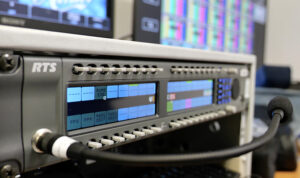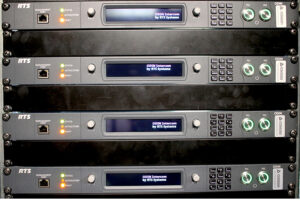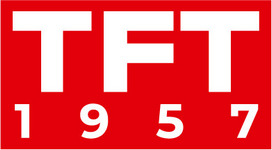After merging with various local broadcasters to form the Canale 5 syndication, Mediaset has five large production centers located across Milan and Rome.
The end of 2019 was the kickoff date for a big migration mission to shift Mediaset’s entire production and media infrastructure to IP – a journey which has now been fully accomplished after several COVID-related interruptions. Three key reasons drove this epic endeavor.
Firstly, IP technology allows the company to realize their vision to maximize connectivity by having all baseband signals available for all users regardless of location; secondly, it allows a failure-safe redundancy concept to guarantee flawless 24/7 operation; and thirdly it enables the integration of different data formats and most of the network’s legacy systems.
Experienced Italian RTS partner Professional Show S.p.A. was commissioned to work out an extensive integration concept that fulfilled the client’s high standards. The Mediaset officials in charge, Luca Poloni (CTO) and Marco Di Concetto (Head of TV Production Systems Technologies), chose RTS intercoms because its product portfolio could fulfill all required functionalities and delivered the quality and extreme flexibility to perfectly integrate into such a complex audio network environment.

Thanks to RTS being fully IP with built-in OMNEO IP architecture, the intercoms are compatible with Audinate’s Dante, so the solution allowed all studios, including OB vans, to be completely IP-based and run on ST 2110. The RTS team was also very proactive in the installation phase, to find the best solutions for even the biggest challenges.
This concept quickly turned into a concrete plan, as the existing network infrastructure offered many prerequisites for changing over to IP – for example, all production centers were already connected via fiber optics spanning some 7000 km. IP technology running on ST 2110 standards offered Mediaset several advantages regarding constant availability without the need of a switching center, along with the highest level of flexibility and superior signal quality. The biggest challenge was to get all audio and video signals synchronized and to reach an audio exchange between the various sites with no audible latency at a maximum of six milliseconds, delivering a full, uncompressed audio bandwidth of 48 kHz at 24 bits.

Another challenge was having multiple systems for all studios – which include a theater and control rooms – to be interconnected in one large network grouped in VLANs, allowing the resources to be routed and shared regardless of the location of each production site. The big advantage of such a network topology is clear – every device can see the other devices, no matter where they are physically located, as if they were in a simple, one-tier Ethernet network.
This was realized by Audinate’s Dante Domain Manager running on three redundant virtual machines and the system intelligence provided by RTS Trunking systems featuring two TM-10K Trunkmasters in two different locations, serving as the fully redundant and high-availability main systems. The topology of this intercom network system, together with the Trunkmaster, make it possible to share the local resources of any studio by creating a dynamically interconnected system.









